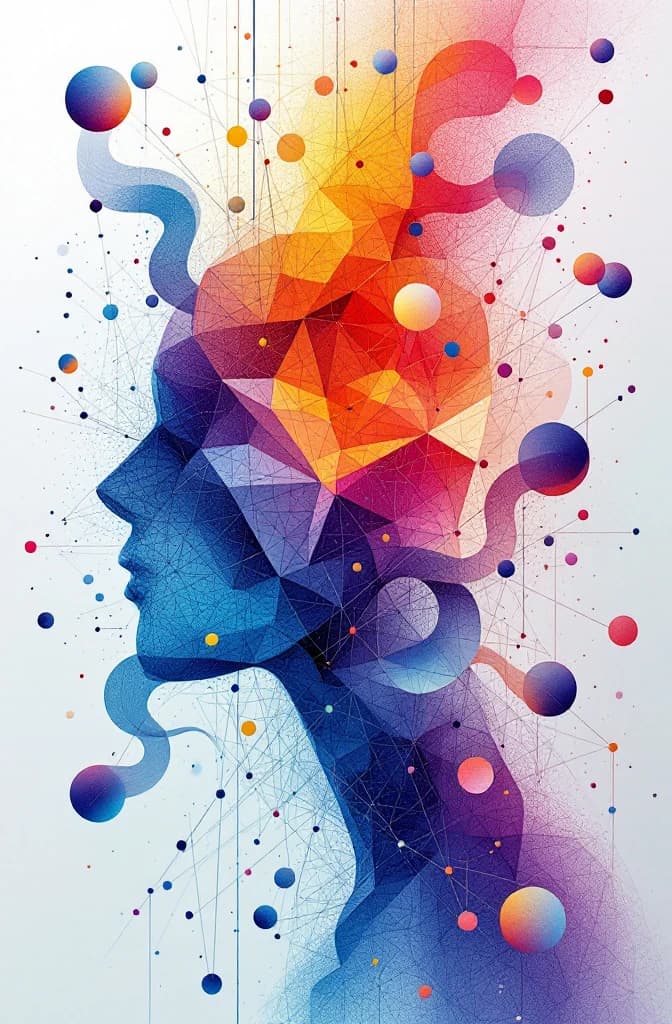
Universality hypothesis
The proposition that a single sufficiently expressive model or computational architecture can represent or learn any target function or optimal policy given enough capacity, data, and suitable training procedures.
In AI research the universality hypothesis refers to the idea that a class of models or a single learning algorithm possesses, in principle, the expressive or computational power to approximate any function, distribution, or decision rule relevant to a task, subject to capacity and training conditions; this concept splits into representational universality (e.g., universal approximation theorems for neural networks) and computational universality (Turing-completeness or the ability to emulate any computable process), and its practical significance lies in clarifying what constraints on architecture, inductive bias, sample complexity and optimization determine whether a universal class is actually learnable and generalizes in realistic ML (Machine Learning) settings. The hypothesis motivates using broadly expressive architectures because it guarantees no representational bottleneck in principle, but it also highlights that expressivity alone does not ensure tractable training, efficient generalization, or robustness—issues addressed by work on approximation rates, depth vs. width trade-offs, implicit regularization of optimization methods, and computational-statistical trade-offs that determine whether universality yields useful models in deployed AI systems.
Roots of the idea trace to foundational results in computability (1930s, Turing/Church) and representation theory (Kolmogorov–Arnold, 1957), with formal universal approximation results for feedforward networks appearing around 1989–1991 (e.g., Cybenko 1989, Hornik 1991); the phrasing and widespread discussion of a single “universality” claim in contemporary deep learning theory became especially prominent in the 2010s as deep architectures scaled and researchers interrogated when expressivity translates into practical performance.
Key contributors and sources span multiple traditions: Alan Turing and the Church–Turing line for computational universality; Andrey Kolmogorov and Vladimir Arnold for early representation theorems; George Cybenko, Kurt Hornik, Kurt Pinkus and others for universal approximation results for neural nets; Ronen Eldan, Shai Shalev‑Shwartz, Rogelio Rojas, Tomaso Poggio and Matus Telgarsky for depth/width expressivity analyses; Ray Solomonoff and Marcus Hutter for universal induction and universal AI formulations; and the broader theoretical ML (Machine Learning) and deep learning communities (including LeCun, Hinton, Bengio) for driving empirical questions that shaped modern discussions of universality versus learnability.

